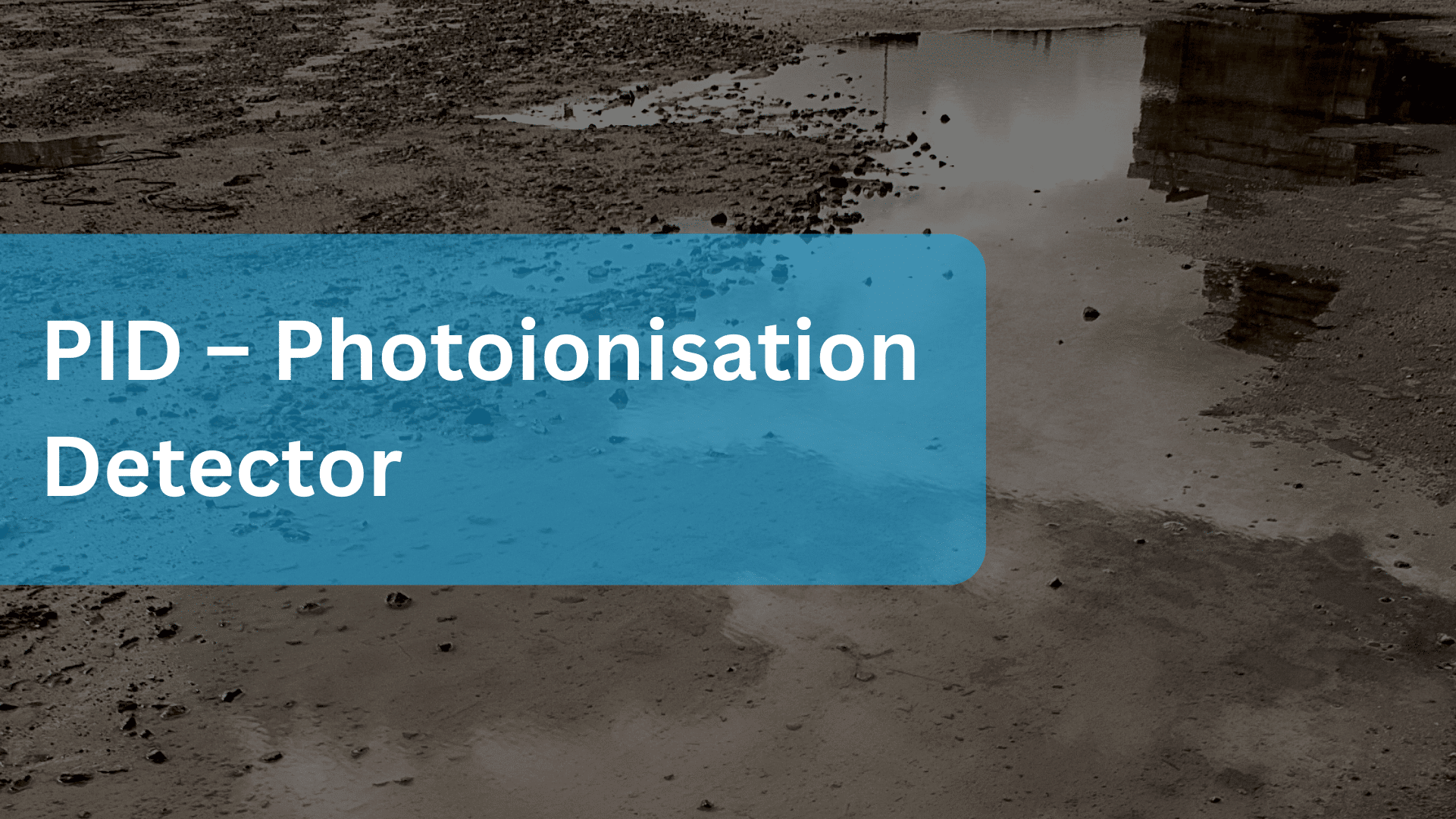Common Abbreviations

01/11/2024
EH40 – HSE Guidance on Workplace Exposure Limits
Posted by [email protected]
EH40 - HSE Guidance on Workplace Exposure Limits: A Quick Overview Understanding the Health and Safety Executive's (HSE) EH40 guidance is essential for workplace safety. This document outlines Workplace Exposure Limits (WELs), which are legally binding maximum concentrations of hazardous substances that workers can be exposed to over a specified period. Key Updates and Compliance...
Read


01/11/2024
PID – Photoionisation Detector
Posted by [email protected]
PID - Photoionisation Detector: An Overview Photoionisation detectors, or PIDs, are essential tools for detecting volatile organic compounds (VOCs) across various industries. Utilising ultraviolet light to ionize gas molecules, PIDs can measure concentrations from parts per billion to thousands of parts per million. How PIDs Work PIDs function by emitting ultraviolet light that ionises gas...
Read


01/11/2024
What is NDIR Technology and How Does it Work in CO2
Posted by [email protected]
What is NDIR Technology and How Does it Work in CO2 NDIR (Non-Dispersive Infrared) sensors are vital tools in gas detection, known for their reliability and accuracy. They function by measuring the infrared light absorbed by specific gases, creating a unique absorption pattern for each gas. How NDIR Sensors Work An NDIR sensor includes an...
Read


01/11/2024
VOC – Volatile Organic Compounds
Posted by [email protected]
VOC - Volatile Organic Compounds: A Brief Overview Volatile Organic Compounds, or VOCs, are organic chemicals that easily evaporate at room temperature and can significantly affect indoor air quality and health. They are commonly found in products like paints, cleaning supplies, and furniture. Sources of VOCs VOCs are emitted from various sources. Indoors, they come...
Read






